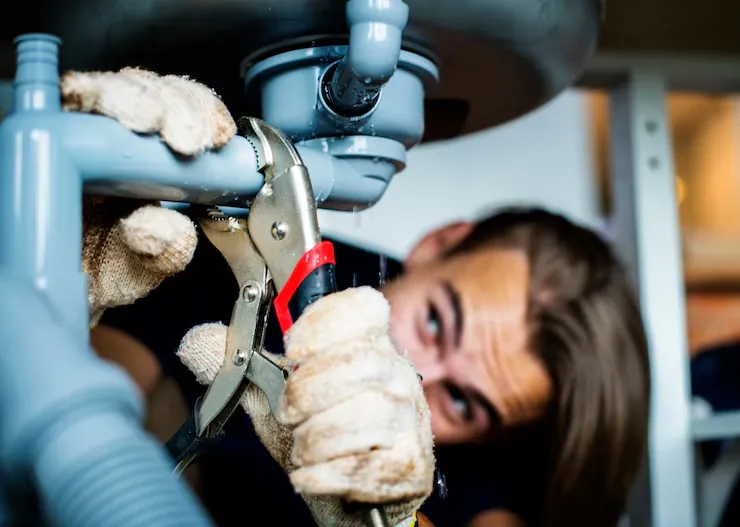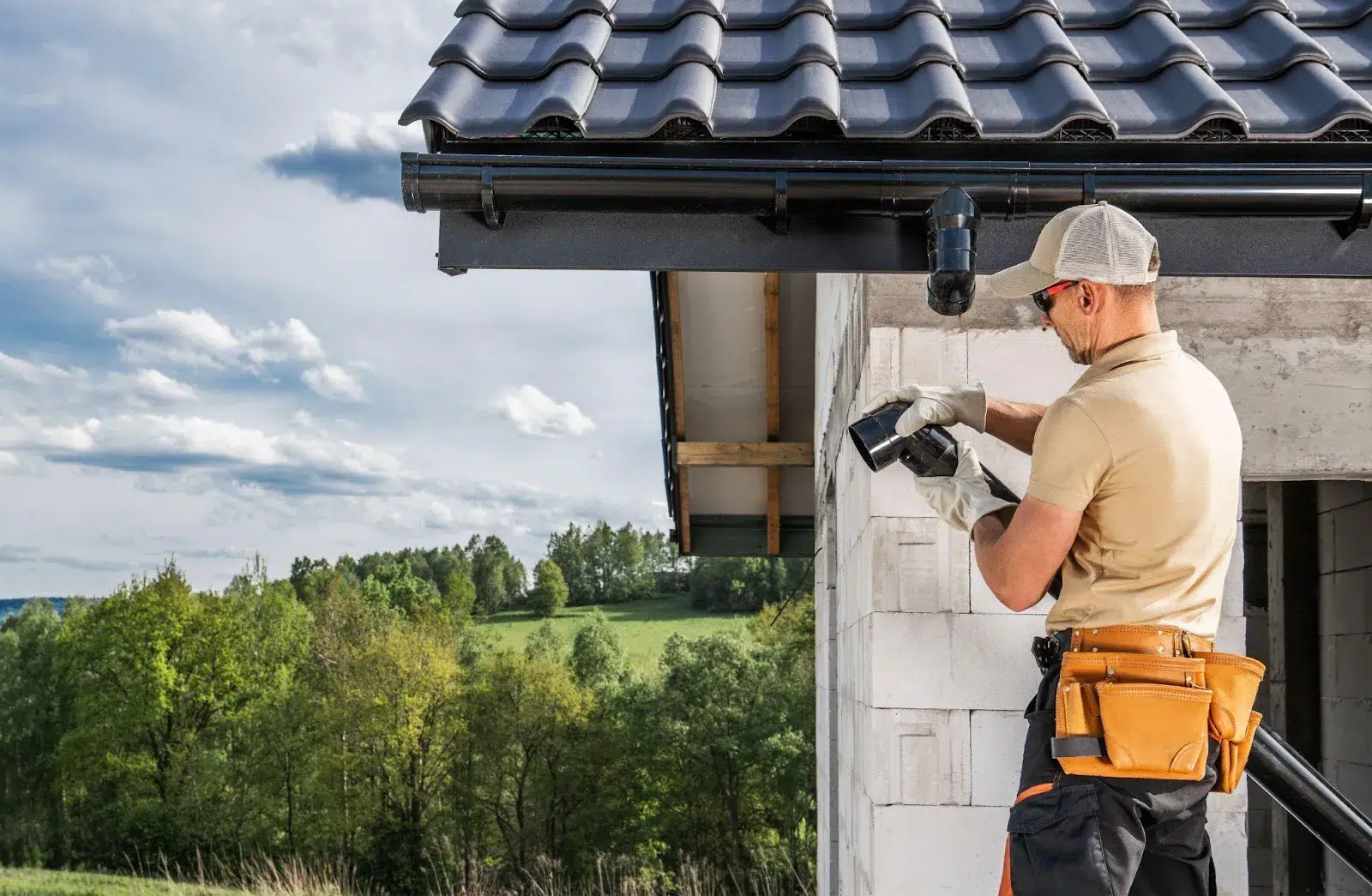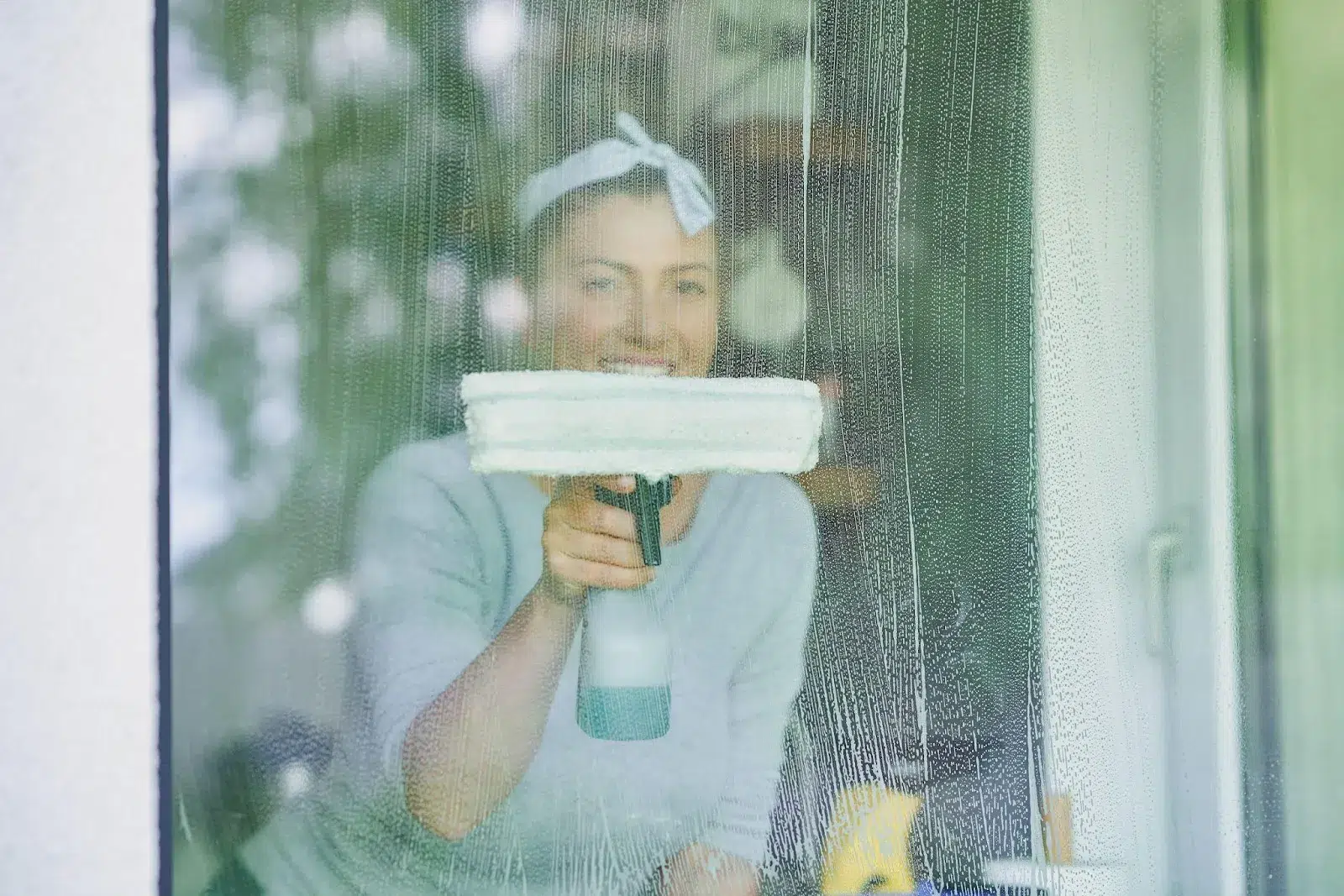Winter in Ontario can be a handful.
From heavy snowfall to freezing temperatures, the season brings its share of challenges. As homeowners, you’re probably already preparing for the usual winter tasks—like adding extra insulation and tackling fall foundation repairs.
But there’s one problem that often sneaks up on many: ice dams. Knowing How to Prevent Ice Dams on Your Roof in Canada is crucial to protecting your home during the colder months.
While the idea of frozen water building up on your roof might seem harmless at first, if left unchecked, it can lead to some serious issues.
Ice dams form when heat from your home melts the snow on your roof. The meltwater runs down the roof and refreezes at the edge, creating a barrier of ice.
This prevents further melting water from draining off, causing it to pool under the shingles. Over time, this trapped water can seep into your roof, walls, and insulation, leading to costly repairs.
With the holidays around the corner, the last thing you want is to deal with roof damage or a sudden repair bill.
Thankfully, ice dams are preventable.
By taking a few proactive steps now, you can protect your roof from these seasonal nuisances.
Our skilled handymen and professional snow removal services in Ontario are ready to assist you with ice dam prevention, ensuring your home stays safe and dry throughout the winter months
What Causes Ice Dams?
Ice dams are a common yet frustrating problem that homeowners in Ontario face during the colder months.
While the concept of ice forming on your roof may seem straightforward, there’s actually a complex scientific process at play that can lead to significant damage if not addressed.
Let’s break down the causes of ice dams and explore how they form, why they’re harmful, and what steps you can take to prevent them effectively.
- How Warm Attic Air Melts Snow on Your Roof
Winter in Ontario can be a handful. Understanding How to Prevent Ice Dams on Your Roof In Canada is essential for protecting your home. The key to understanding the causes of ice dams lies in the warm air circulating in your attic. During winter, the heat inside your home rises naturally and can escape into the attic if the insulation isn’t up to par.
This escaped warm air heats the underside of the roof, causing the snow above to melt unevenly.
As the melted snow flows downward, it doesn’t disappear. Instead, it travels to the colder edges of the roof, also known as the eaves, where temperatures are significantly lower.
At these colder points, the water refreezes, starting the formation of an ice dam.
Over time, this ice builds up and creates a barrier that traps additional water, preventing it from flowing off the roof.
This trapped water can then seep under shingles and into the home, leading to issues such as roof leaks, damaged insulation, and mold growth.
(Read more on Why Is It Important To Remove Snow?)
- The Freezing And Refreezing Process Leading to Ice Dams

The cycle of freezing and refreezing is one of the most destructive aspects of ice dam formation.
It works as follows:
- Warm air escapes into the attic, heating the roof deck.
- Snow melts and turns into water, which flows downward.
- Water refreezes at the cold eaves, creating a thick layer of ice.
- More water backs up behind the ice dam, increasing the risk of leaks and structural damage.
This process repeats throughout the winter, exacerbating the problem with every temperature fluctuation. The result is often widespread damage that requires costly repairs. To learn How to Prevent Ice Dams on Your Roof in Canada, addressing attic insulation and ventilation issues is essential, reducing the likelihood of costly repairs caused by ice dams.
- Contributing Factors: Roof Pitch And Overhangs
Your roof’s design can also influence how and why ice dams form.
Specifically, the pitch of your roof (its slope) and the length of its overhangs play critical roles:
- Roof pitch
Flat or low-pitched roofs don’t shed snow as effectively as steeply sloped roofs. This allows snow to accumulate for longer periods, making it more susceptible to melting and refreezing.
- Overhangs
Long overhangs can trap water at the roof’s edge, amplifying the freezing process. The unheated space under these overhangs provides the perfect environment for ice dams to develop and grow.
- The Hidden Costs of Ignoring Ice Dams
Understanding the causes of ice dams isn’t just about preventing inconvenience—it’s about protecting your home and finances.
Ice dams can lead to:
- Water damage: Roof leaks caused by trapped water can ruin ceilings, walls, and insulation.
- Energy inefficiency: Poor attic insulation and ventilation can drive up heating costs.
- Structural issues: The weight of ice can damage gutters, downspouts, and even the roof structure itself.
How to Prevent Ice Dams In Canada: 5 Effective Tips
Here are five (5) effective strategies to stop ice dams in their tracks and keep your roof safe throughout the winter.
Proper Insulation And Ventilation: Keep Your Attic Cold
One of the leading causes of ice dams is inconsistent roof temperatures caused by warm air escaping from your home into the attic.
By focusing on proper attic insulation and ventilation, you can maintain a consistent and cold roof temperature, preventing snow from melting prematurely.
- Attic Insulation
High-quality attic insulation creates a thermal barrier, preventing heat from escaping into the attic. Insulation materials, such as fiberglass or spray foam, are particularly effective.
- Ventilation
Roof vents allow cold air to circulate through the attic, keeping it the same temperature as the outdoors. Ridge vents and soffit vents are especially useful for maintaining proper airflow.
Pro Tip: Combine insulation with ventilation for maximum effectiveness. Poorly ventilated attics can cause moisture buildup, leading to mold growth and even structural damage.
2. Clear Gutters Regularly: Ensure Proper Water Flow

Your gutters and downspouts play a crucial role in directing water away from your roof. When they’re clogged with debris, water has nowhere to go, increasing the likelihood of ice dams forming.
- Impact of Clogged Gutters
Debris like leaves and twigs trap water, which can freeze and create an icy barrier. This not only contributes to ice dam formation but can also lead to sagging gutters and water overflow.
- Regular Maintenance
Clean your gutters before winter and check them after heavy snowfall to ensure water can flow freely. Use gutter guards to reduce the frequency of cleaning.
Pro Tip: Don’t overlook the importance of downspouts. Ensure they are clear and angled away from your foundation to prevent water damage.
3. Install Ice And Water Shield Underlayment
Ice and water shield underlayment is a protective layer installed beneath your roof shingles. This material creates a watertight barrier, preventing water from seeping into your home even if ice dams form.
How It Works: The shield is designed to stick directly to the roof deck, sealing around nails and other punctures.
It provides extra protection in vulnerable areas, such as valleys, eaves, and around chimneys.
Why It’s Essential: In regions like Ontario, where heavy snowfall is common, this underlayment acts as a safety net against unexpected leaks caused by ice dams.
Pro Tip: If you’re replacing your roof or planning renovations, consider upgrading to this material for long-term protection.
4. Seal Gaps in Attic to Prevent Heat Loss
Attic air leaks are sneaky culprits when it comes to ice dam formation. Small gaps and cracks allow warm air to escape, heating the roof and causing uneven snow melt.
- Common Gaps to Address
Look for leaks around recessed lighting, attic hatches, and vent pipes. Use caulking or weather stripping to seal these areas.
- Benefits of Sealing
By eliminating air leaks, you reduce heat loss and maintain consistent temperatures inside your home. This not only prevents ice dams but also lowers energy bills.
Pro Tip: Use a thermal imaging camera to identify hidden air leaks for a more thorough seal.
5.Heat Cables And Roof De-Icers
For those looking for a quick and effective solution, heat cables and roof de-icers are worth considering. These tools are designed to melt snow and ice in problem areas, ensuring water can flow freely.
- How Heat Cables Work
Installed along the roof’s edges, these cables warm specific sections to prevent ice buildup. They’re especially useful in areas where structural changes are impractical.
- Pros and Cons
While heat cables are effective, they can be energy-intensive. Use them sparingly and only in high-risk zones.
Pro Tip: Pair heat cables with other preventative measures like proper insulation and gutter cleaning for a comprehensive approach.
How to Safely Remove Existing Ice Dams: DIY Vs. Hiring a Pro
Ice dams can wreak havoc on Ontario homes and often lead to costly repairs.
As such, knowing how to remove them safely is crucial.
The decision to DIY or hire a professional depends on your experience and the severity of the ice dam.
DIY Ice Dam Removal:
- Use a Roof Rake: Stand safely on the ground and gently remove snow. Avoid walking on the roof.
- Avoid Salt and Chemicals: These can corrode shingles and gutters, leading to more damage.
- Warm Water Channels: Create small paths to allow water to flow, but this is temporary.
Why Hire a Professional:
- Expert Tools: Pros use steamers to melt ice without harming your roof.
- Safety First: Professionals prevent risks of falling or damaging electrical systems.
- Don’t risk costly mistakes.
Why Acting Now Matters
As winter deepens in Ontario, the risk of ice dams increases. Learning How to Prevent Ice Dams on Your Roof in Canada is essential to protect your home from potential damage. Waiting too long to address this issue can lead to escalating damage.
If you’re unsure where to start or need expert advice, contact us for a free professional consultation.
Our skilled team specializes in preventing and managing ice dams with proven solutions tailored to Ontario’s harsh winter conditions.
Choose our Home Management Plan for year-round protection and peace of mind. Don’t let ice dams catch you off guard—take control today.




